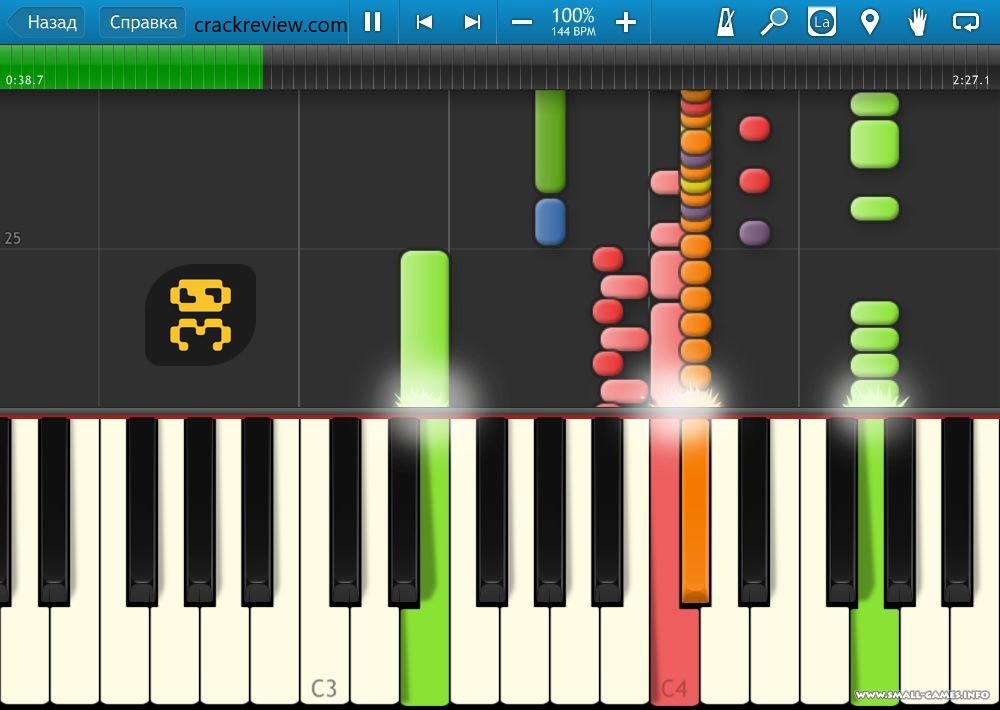

The associations between specific colors and certain words/numbers stay fairly consistent for Michele. I didn’t realize that not everyone had the same visual sense.” Michele says: “Until a chance chat with family, I had no idea this was unusual. It can sometimes be more surprising for synesthetes that others don’t see the world this way. Michele sees not only numbers in color, but also words, days of the week, and months of the year. Someone’s birthday and phone number will stick with me because I think of my friend, and I envision their persona as this combination of colors.” Michele, a retired nurse Juhie told us: “I am very good at memorizing number sequences, and I associate people and places with these number sequences. They find that rather than being disruptive, Grapheme-color synesthesia connects them to heightened awareness, improved cognitive function, and enhanced memory processing. “I pictured simple math problems like 3+4=7 as magenta, red, and blue, subconsciously blending creativity with numbers to create these colorful visions in my head.” Juhie has an entirely different experience with synesthesia, saying it made math fun at school. On top of sounds in the environment, this can be quite disruptive for Keita. Sometimes, it’s difficult to concentrate on anything other than the imagined sound when I’m experiencing it.” If it goes on for more than a few seconds, they explained the following: “It can start to feel quite disorienting and intrusive - quite hypnotic on occasion. This usually happens with rhythmic motions and patterns that loop - like a YouTube thumbnail, for example. Keita, a marketing coordinator for an art gallery We reached out to people who live with it to describe it in their own words. Synesthesia is such a unique way to take in the world. What synesthesia is like - according to people who have it Most people have some experiences of synesthesia in association with very specific stimuli, but someone who is synesthetic experiences this more commonly - to a degree that makes it a trait. You may also be able to taste shapes, or even see specific colors when you think about something that makes you emotional.
Synthesia disease full#
(So if you hear the word “city,” you might taste strawberries.)Īnd that’s not the full list! An earlier study identified over 60 types of synesthesia, with grapheme-color being the most common. When certain words evoke a sensation of taste. When you see someone touching their leg and feel a touch on your own leg. When you have a mental map of numbers, with each one having a specific place (such as on a line). These can be musical notes, or even just everyday noises such as a door shutting.

When you “see” specific colors in your mind in association with numbers or letters. There’s lots of different types, and you can live with more than one of them.

Spare a thought for the 96 percent of muggles and squibs who don’t share that talent, will you? If you’re someone who lives with synesthesia, there’s good news - you can live a completely normal life with synesthesia, and experience the world around you on a multi-dimensional level. That’s partly because synesthesia is not very common - an earlier study estimated that only 4 percent of people live with it. The rulebook goes out the window.Īlthough people have known about synesthesia and been conducting studies into it since 1876, researchers still don’t fully understand it. There doesn’t have to be any connection between color and taste: for instance, yellow could taste of chocolate cake, and brown could taste of lemon. So your visual sense says yellow, but your taste sense also lights up and chimes in with chocolate cake. With synesthesia, your brain lights up in two (or more) different places at once. So if people without synesthesia see a yellow rubber duckie, the visual part of your brain lights up and says yellow. Your brain is essentially thinking “I want to feel everything all at once!”ĭifferent parts of your brain respond to different things. The word “synesthesia” comes from a Brangelina-esque mashing of two Greek words: “synth, which means “together,” and “ethesia,” which means “perception.”Īnd that really is the perfect word for describing it.


 0 kommentar(er)
0 kommentar(er)
